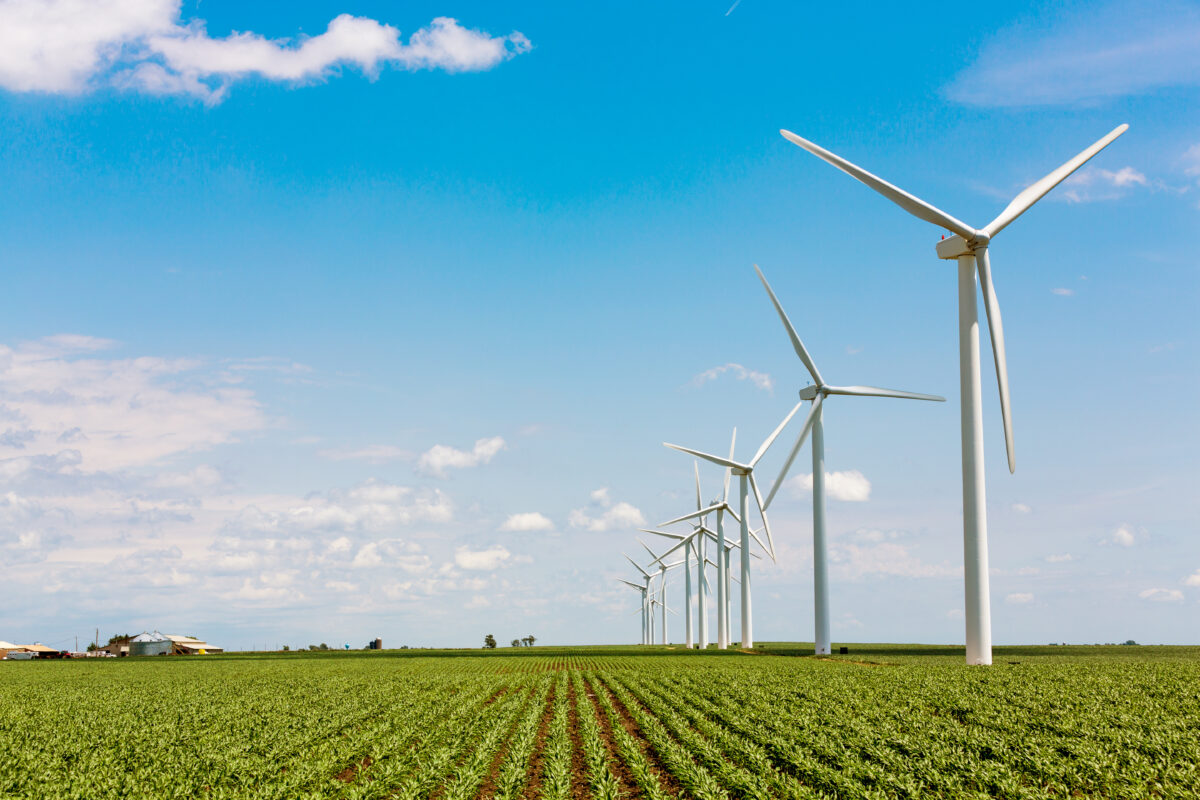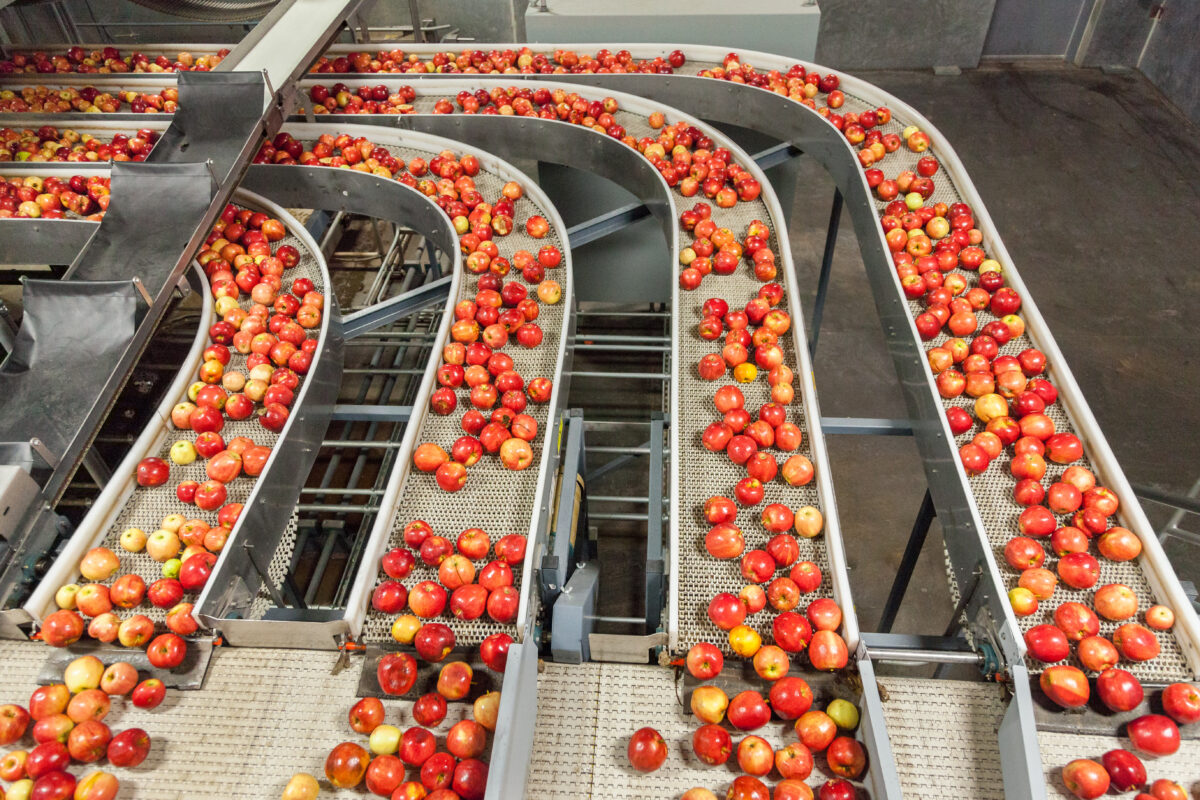 An Introduction to USDA Business & Industry Loans
An Introduction to USDA Business & Industry Loans
Familiarity is a fixture of living in rural America. Navigating backroads is committed to muscle memory, facial recognition is developed over time not by technology, and the most frequent diner order is “the usual.”
But there’s another feeling all too familiar to those who live in our country’s less densely populated towns: the shortage of capital.
The rural reality is harsh but true: plans crafted on Main Street are less likely to secure backing from Wall Street.
Lenders perceive the applications of rural companies as riskier; the prospect of their success, less ironclad. As such, the entrepreneurs, developers, and job creators in these communities have long been at a capital disadvantage – until now.
The USDA’s Game-Changer for Rural Business Owners
A number of years ago, the USDA crafted a novel solution. The department best known for its regulation and support of agriculture devised a series of plans to strengthen the economies and bolster the quality of life in rural areas. In addition to acting as a direct lender, the USDA addressed the underlying concerns of traditional lenders by participating as a guarantor and ultimately easing access to capital in rural markets. Today, USDA Rural Development guarantees a $234 billion portfolio of loans – a massive portfolio few are aware of.
Types of USDA Rural Development Loans
The little-known program provides loans that fall into three categories: business & industry, community facilities, and energy (REAP). Each is designed to address a specific subset of needs that share a common goal: to foster the flourishing of rural America.
USDA Business & Industry Loan (B&I)
Designed to incentivize financial backing for the creation of businesses and jobs, USDA B&I Loans are available to for-profit businesses, nonprofits, co-ops, tribes, and public bodies in need of funds for qualifying projects in rural communities. Funds may be used for the expansion, repair, or development of a business, the purchase of land, buildings, facilities, equipment, supplies, or inventory, or the refinancing of debt that improves cash flow or creates jobs. What doesn’t qualify? Lines of credit, rental housing, golf courses, churches, and agricultural production.
USDA Community Facilities Loan (CF)
Unlike the B&I Loan, the Community Facilities Loan is not designed for commercial undertakings, but rather, to create facilities that provide essential services to rural communities. Such services can include healthcare, childcare, education, public gatherings, utilities, and food distribution, among others. If a local community needs a certain service to survive and thrive, chances are, a CF Loan could fund the construction or improvement of the facility that houses it.
USDA Rural Energy for America Program (REAP)
The Rural Energy for America Program (known as REAP) was established to equip rural small businesses and agricultural producers with funds for renewable energy systems and energy efficiency improvements. Renewable energy systems may include biomass, geothermal, hydropower, hydrogen, or wind power systems, among others. Energy efficiency improvements include high-efficiency heating and cooling systems, insulation, lighting, windows, and doors. Unlike the other programs, REAP is offered to agricultural producers as well as small business owners.
Understanding Eligibility: How the USDA Defines ‘Rural’
To qualify for one of the USDA’s loan programs, it pays to get out of town. Actually, it’s required. To define “rural,” the USDA looks to the U.S. Census Bureau, which spells it out clearly: a city or town with a population of fewer than 50,000 inhabitants, excluding those adjacent to urbanized areas. In other words: a small town surrounded by small towns. If the criteria sound complex, there’s an easy solution. Potential borrowers can plug an address into the USDA’s verification tool to find out if it qualifies.
A Tale of Two Programs: USDA vs. SBA
Make mention of a government-backed business loan, and you’re likely to elicit a consistent response: “Oh, through the SBA?” The misconception is understandable. After all, the USDA B&I Program is shamefully underrepresented. But the programs could not be more different. From longer terms and higher maximums to substantially lower default rates, the USDA B&I Loan Program is a more robust option for those who qualify. Those borrowing via an SBA Loan could refinance under the USDA B&I Program. Here’s how the two compare:
As distinct as the USDA B&I Loan Program is from comparable SBA offerings, its contrast with traditional lending is even more stark. The USDA is equipped to handle loans that would have smaller banks running for the hills. And unlike traditional loans that feature a call or bullet every three to five years, USDA B&I loans have neither, nor do they have balloon payments. Real estate purchases amortize over 30 years, with a maximum LTV ratio of 80% (compared to 65-70% at most traditional banks). And for those financing machinery and equipment, the USDA program beats typical amortization by a multiple of five, offering a full 15 years compared to just three to seven.
Securing a B&I Loan: Where to Begin & What to Expect
Because USDA B&I Loans are serviced through private lenders, the application process begins just like any other: by identifying a reputable lender. But unlike traditional loans, the USDA loan qualification process requires specialized knowledge, so selecting a lender who specializes in USDA Rural Development loans is key.
A reputable lender will offer competitive rates – typically 1-3% above the Market Prime Rate at closing. Exact rates are negotiated directly between the borrower and the lender, not set by the USDA, and can be fixed or variable. Borrowers are required to maintain collateral in the form of land, equipment, or other fixed assets with a value equal to or greater than the loan amount.
Each B&I Loan application is submitted to the USDA by the lender, after which the USDA typically approves or denies applications within 45 to 60 days. Typically, the application and approval process takes between two and three months from beginning to end.
Transforming Capital into Confidence
USDA B&I Loans are fueling innovation, creating jobs, and enabling essential services in communities across America. For example, the program’s backing has breathed new life into one of Lake Michigan’s most treasured resorts, launched an engineering renaissance in rural Illinois, and empowered a third generation of beekeepers in Georgia to take their products national.
By reducing the barriers to rural lending, the USDA is empowering lenders to fuel entrepreneurship, developers, and job creation with two essential resources: competitively priced capital and long-awaited confidence.


